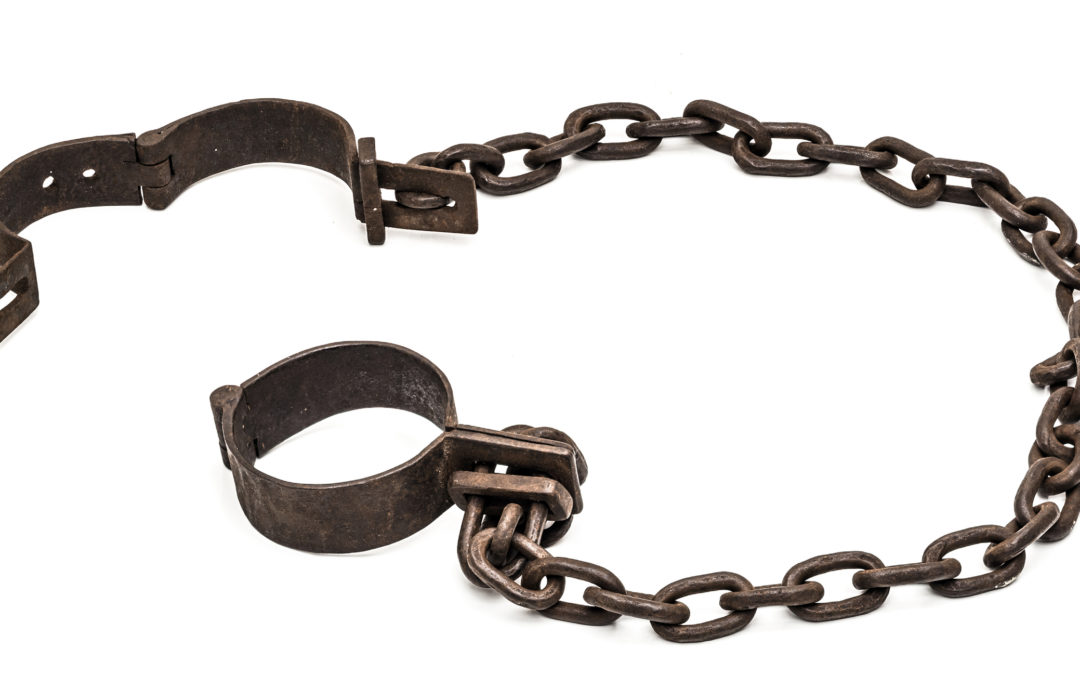VIDEO: Watch SIA 101.13: The Problem of Slavery in the American Founding – Part IV (Video time: 45 minutes)
REQUIRED READINGS: None
TERMS, PEOPLE, & PLACES TO IDENTIFY
Where there is a time mark, the answer is provided at the time indicated in the relevant podcast or video. Where there is no time mark indicated, the student should look up in a book or perform an Internet search for the term, person, or place.
- Compromise
- Delegates
- Enumerate
- Ex post facto laws
- Shay’s Rebellion
- Atlantic Slave Trade
- Electoral College
- Fredrick Douglass
STUDY QUESTIONS
- Later in United States history, who are the two historical figures that would praise the compromise made regarding slavery and the U.S. Constitution? Why? (1:30 – 2:30)
- How many self-governing constitutional republics existed in the world in 1787? (2:30 – 3:10)
- Why were delegates in Philadelphia in 1787? (3:10)
- What was the number on concern going into the Constitutional Convention? Why? (5:23)
- Other than keeping the United States together, list the four other challenges the new self-governing constitutional republic faced. (6:30)
- Had any country ever solved these challenges before? (7:40)
- What was the key idea to keep the United States unified? (9:00 – 10:25)
- Review the purpose of the following sections of the United States Constitution: Article I section 8, 9, 10. (10:25 – 12:30)
- In which section of the United States Constitution do we find the second slavery compromise? (12:30 – 13:32)
- What is the name of that compromise? (12:30 – 13:32)
- According to the Importation Clause of the United States Constitution, what was the earliest date that Congress could prohibit the international slave trade? (13:32 – 14:35)
- Why was the Atlantic slave trade particularly horrific? (14:35 – 18:50)
- What was the environment (tone) at the Constitutional Convention of 1787 regarding the conversations and debates about slavery? (18:50 – 22:53)
- What where the two views on slavery? (18:50 – 22:53)
- What was the compromise they reached? (22:53 – 25:10)
- Who was president in 1808? (25:10 – 26:07)
- What did he do that took effect January 1, 1808? (25:10 – 26:07)
- Which states threatened to leave the union? (26:07 – 27:50)
- Review Article I, section 1 of the United States Constitution. What does it establish? (29:10 – 30:20)
- What section of the United States Constitution is the three-fifths Clause found? (30:20 – 30:30)
- Review the three-fifths Clause. (30:30 – 31:50)
- Under the three-fifth Clause what are the two categories of ‘person’? (31:50 – 33:00)
- What was the original commission of the Constitutional Convention of 1787? (33:00 – 34:02)
- What actually ended up happening? (33:00 – 34:02)
- What did the delegates find to be the hardest part of designing a new constitution? (34:02 – 36:51)
- And how did they decide to handle this issue of legislative representation? (34:02 – 36:51)
- How did the delegates from the smaller states respond? (34:02 – 36:51)
- How did the delegates at the Constitutional Convention handle this conflict about representation? (36:51 – 38:10)
- How did the delegates from the states that still practiced the institution of slavery want to handle the population count for the House of Representatives? (38:10 – 39:50)
- How did those delegates justify their argument? (39:50 – 42:00)
- How did the delegates that wanted to end slavery respond? (42:00 – 44:12)

